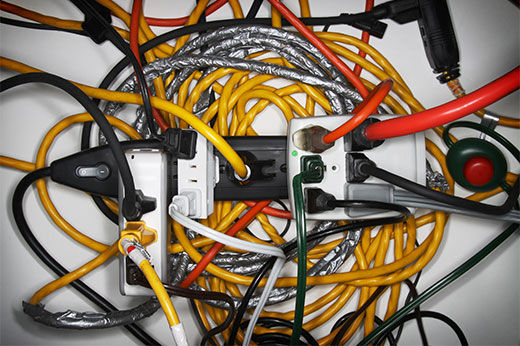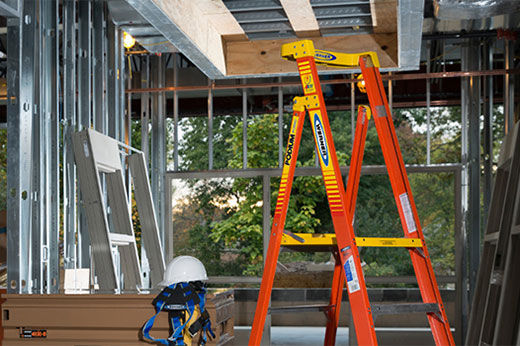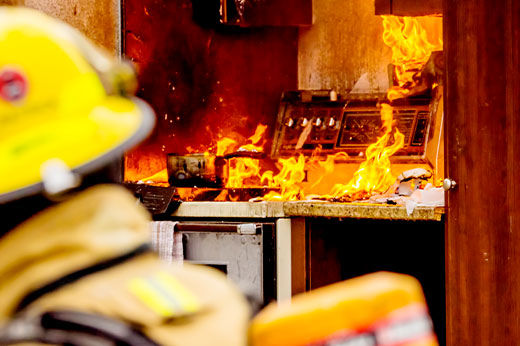While do-it-yourself projects can be fun and fulfilling, there is always a potential for personal injury or property damage. We strongly suggest that any project beyond your abilities be left to licensed professionals such as electricians, plumbers, and carpenters. Any action you take upon the information on this website is strictly at your own risk, and we assume no responsibility or liability for the contents of this article.
Gas Can Safety Tips
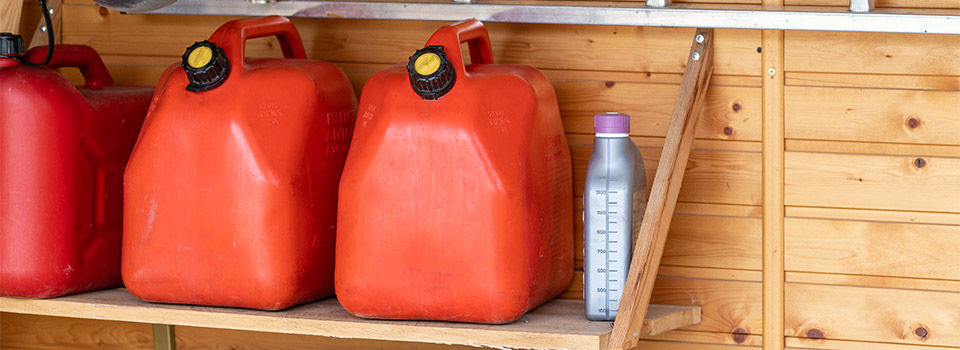
People worldwide handle and transport flammable fuels on a daily basis. When handling fuels, like gasoline, it’s important to remember to handle them with care and precision. Improper handling of gas cans can lead to fires and explosions. It’s everyone’s responsibility to learn and follow basic safety protocols after purchasing a gas can.
Filling the Gas Cans

When it comes to filling gas cans, it is important to remember everything should be done with safety in mind. If not, the gasoline can catch on fire and burst into flames. Avoid this by following the steps below.
“When selecting a gas can or container, make sure you choose one that has been approved, certified, and is correctly labeled.” -2nd City Gas Plumbing and Heating, an emergency plumber in Redditch.
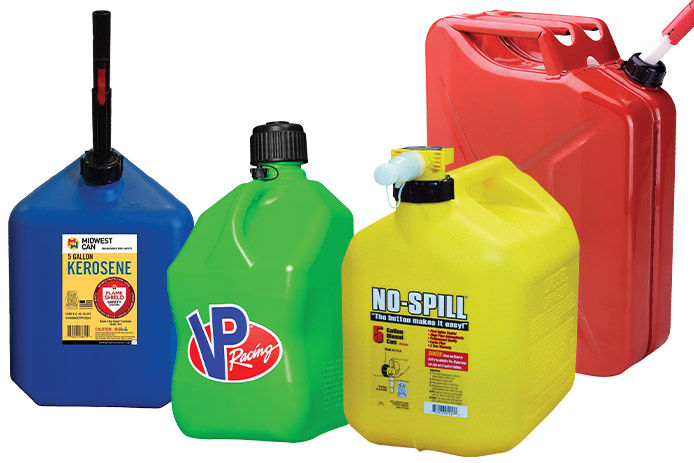
When you need fuel, it is important to pick the right type. Good news, gas cans are easily identified by color. Red is the common color and the one you’ll need whenever you need gasoline. Then there is blue which holds kerosene, yellow holds diesel, and green holds oil.
Before reaching for the gas pump, make a metal-to-metal connection to discharge any withheld electricity. Also, check to see that the filler tip is in contact with the rims of the container and nozzle. Doing this helps in dissipating static electricity that could spark and ignite gasoline vapors This also reduces the likelihood of spillage.
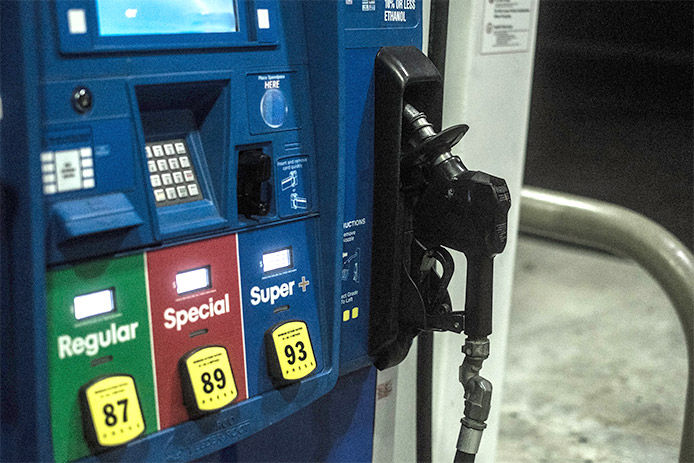
To begin fueling, maintain a manual operation at the gas pump. It is not recommended to put the pump handle’s lock on while filling the gas can since it can be potentially dangerous. Filling the container slowly is essential. Never fill the gas can up completely. Leaving extra space is necessary to allow the gas to expand when temperatures increase. Ensure the lid to your gas can is tightly sealed before transporting or storing.
Finally, clean up any gasoline that has leaked around the container or wait for it to evaporate before putting it in your car.
Safely Transporting Gas Cans
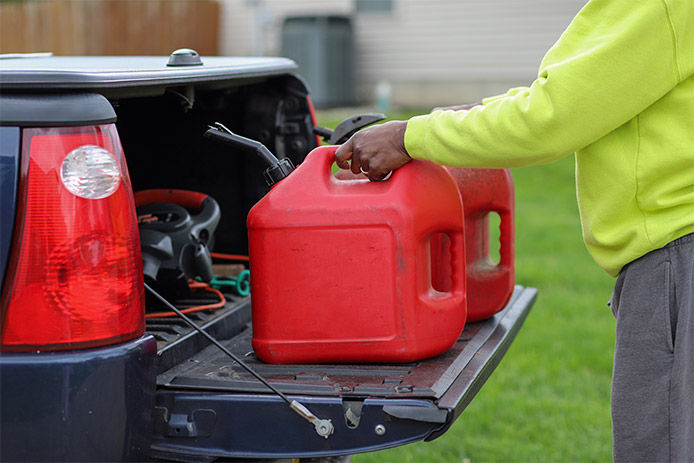
When transporting gas, make sure the lid is firmly closed and the can is secured within your car. This will stop them from rolling or sliding about and reduce the chances of leakage on the floor. In addition, placing a cover over the gas protects the gas from bright sunlight and the sun’s rays.
It is never acceptable to transport filled gas cans in the passenger area of a car. The enclosed space of a vehicle traps gasses that, if ignited by a spark, might cause a catastrophic explosion.
Additional Precautions
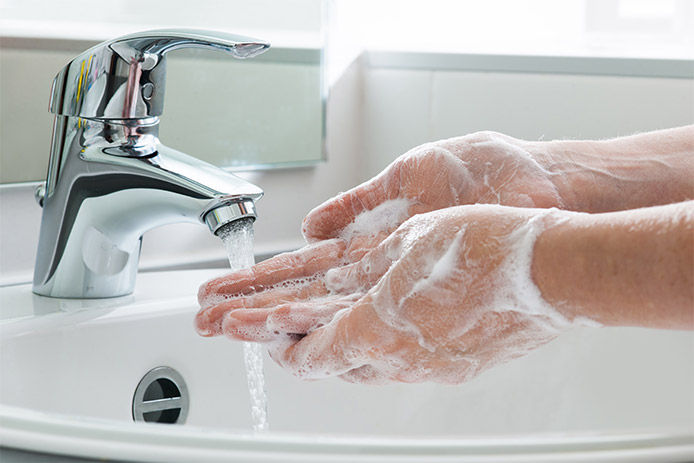
Sometimes, when working with gas cans, the gas may end up getting on your skin, causing irritations. Minimize the effects gasoline has on your skin by wiping it all off immediately using soapy water. Before igniting anything, make sure all the gas has been wiped off or evaporated.
If you notice a gas spill in your car, make sure to clean it up immediately by using a cloth or paper towels. Wait until you're sure all of the fuel has been removed before smoking or lighting a match.
Properly and Safely Storing Gasoline
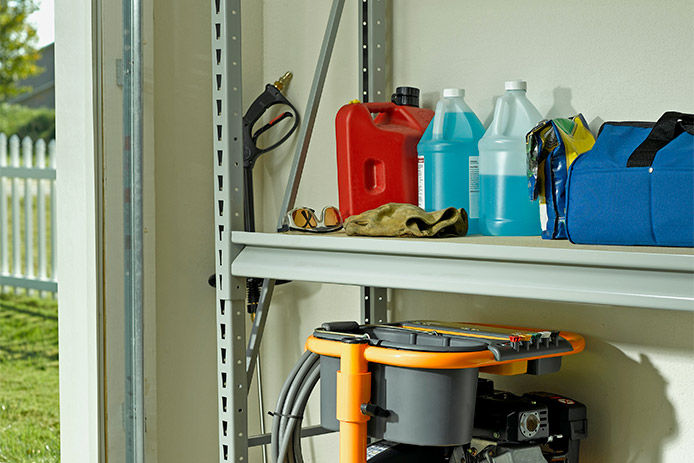
If gas is not stored correctly, it may be quite harmful. Avoid transferring gas to different containers and keep it at room temperature away from heat sources like heaters, furnaces, and sunlight. If possible, store gas in a separate shed away from your home.
Gasoline is very flammable and shouldn’t be handled lightly. Without proper safety precautions, you could have a ticking time bomb on your hands. Whenever using a gas can, please use caution and follow proper safety protocols.
Article Author
Ruby Jane
Ruby is a former chef now working as a content writer with a keen eye for business and financial startup information. She spends her spare time reading, watching crime series, and cooking at home.
